Part 1: Five Cooling Indian-Inspired Dishes For A Hot Aussie Summer
By Conchita de Souza
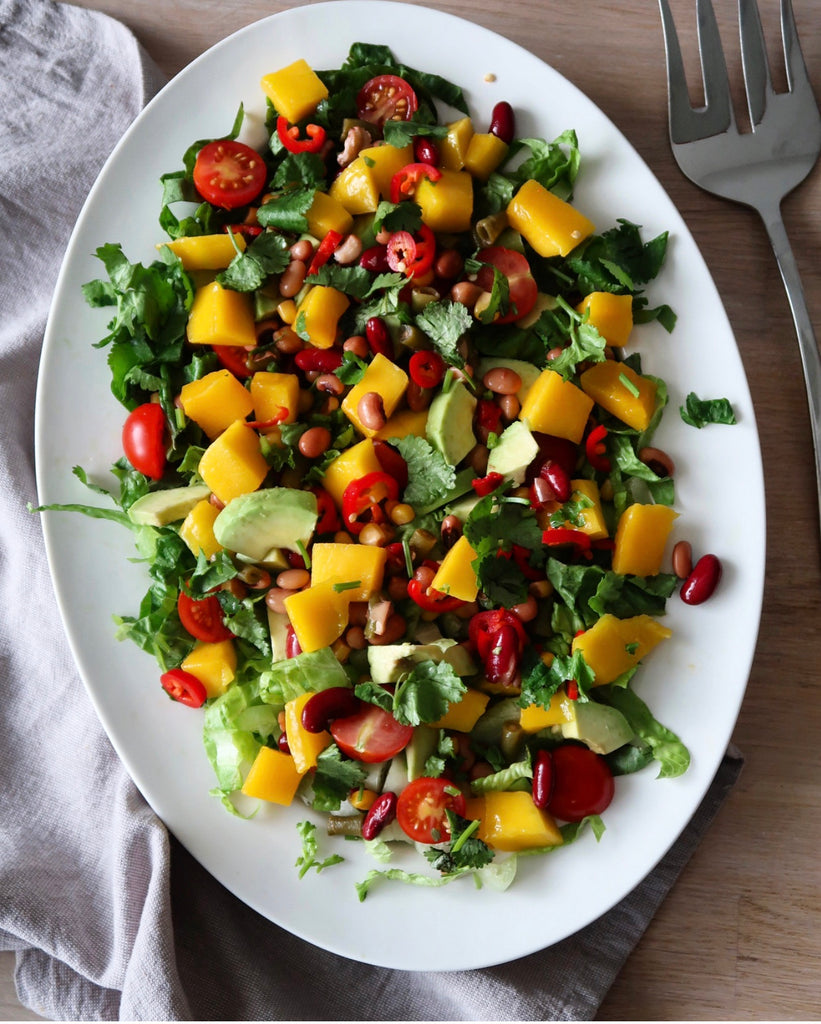
By Conchita de Souza

By Conchita de Souza
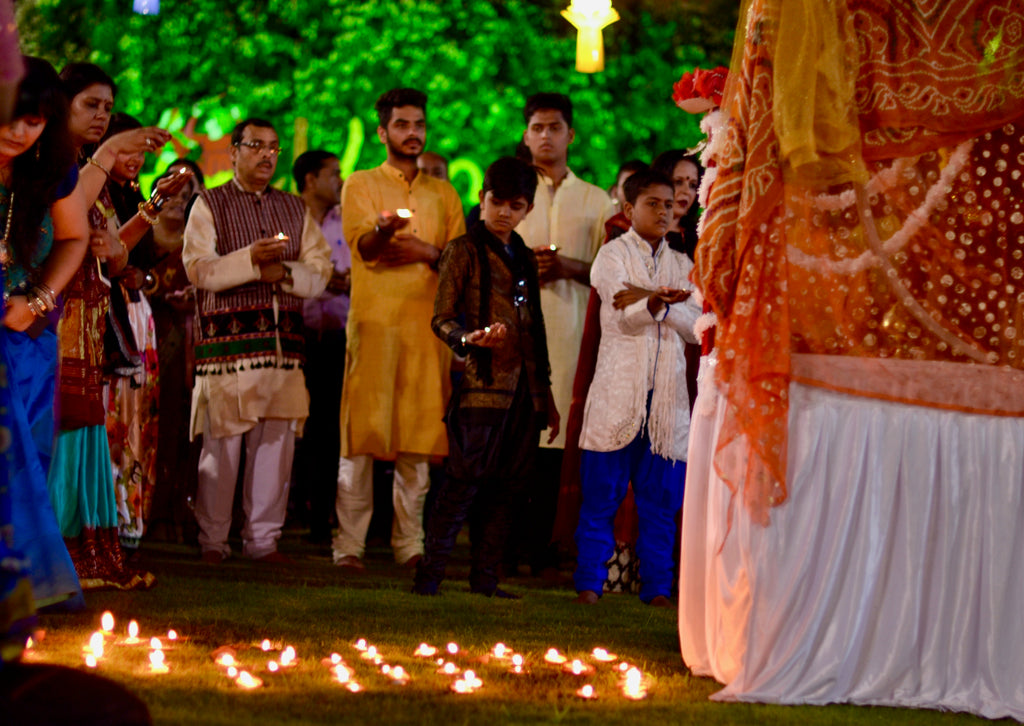
By Conchita de Souza
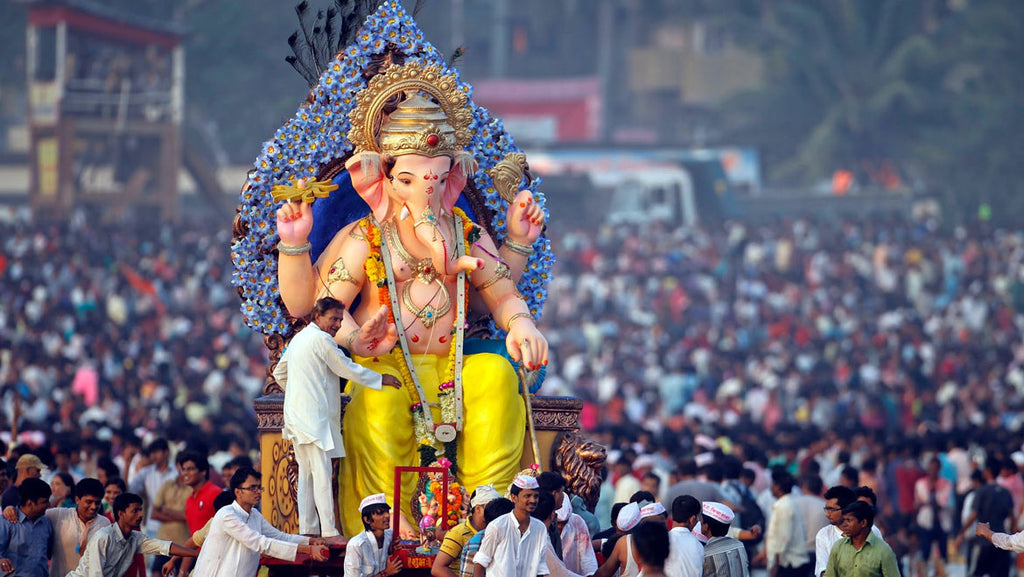
By Conchita de Souza
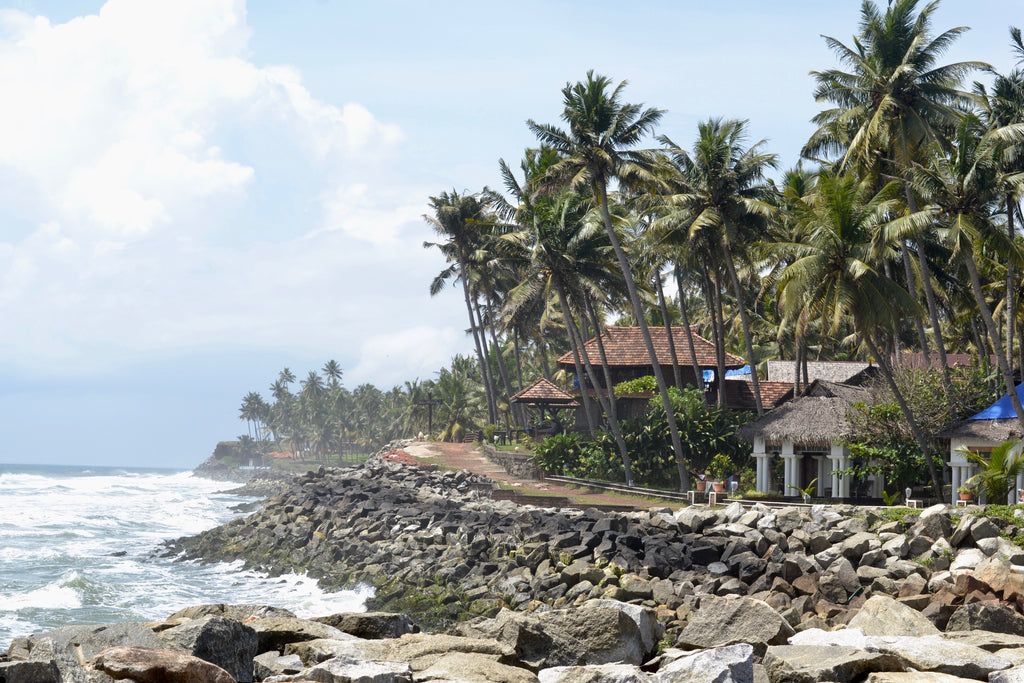
By Claudette D'Cruz
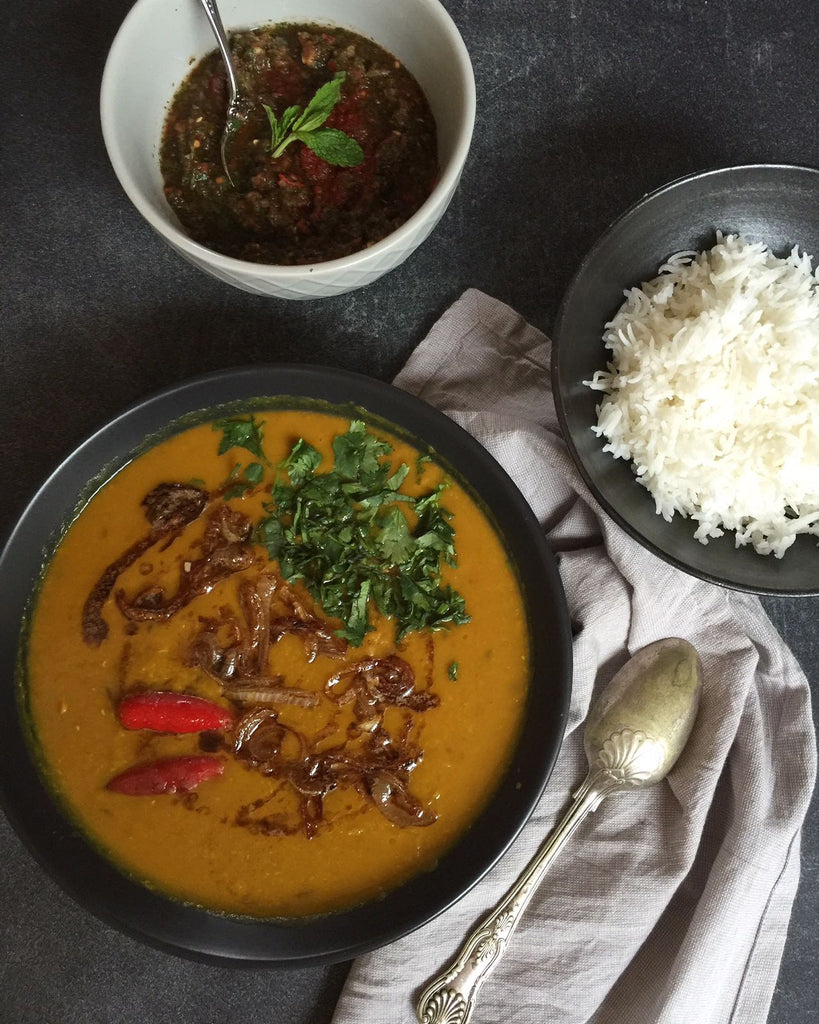
With today’s mantra of eat more plant food we see posh fruit and juice parlours sprouting around. Instagram is lush with tantalising pictures of luscious fruit and vibrant vegetables arranged in all manner of aesthetics by raw food enthusiasts. But fruit and vegetables are not the only plant food we can enjoy. Let’s take a look at what replaces a steak on an Indian plate - pulses.
With 47% of Indians following a vegetarian (lacto-ovo) diet there are a whole variety of pulses included in every meal. They are cheap but provide high nutrition and the protein component in meals for millions. Pulses are eaten at each meal both in sweet and savoury recipes. In many Indian households lunch or dinner would consist of a dhal, a bean dish, 2 seasonal vegetables, rice and or chappati accompanied by pickle, papadums and a sweet dish.
Dhal for most Indians is synonymous with soul food. A hot steaming bowl of dhal and some rice/roti to accompany it and you have a satisfying meal in minutes. There are several varieties of Dhals and we will endeavour to explain some of them.
The six major pulse groups grown in Australia are: Broad Beans, Chickpea, Field Peas, Lentils, Lupin and Mungbean. Pulses are universally recommended as part of a healthy eating plan and feature prominently in some of the world’s healthiest diets such as the Mediterranean diet. So feel positively pulsed and enjoy these easy recipes, which we have hyperlinked below:
By Conchita de Souza

By Conchita de Souza
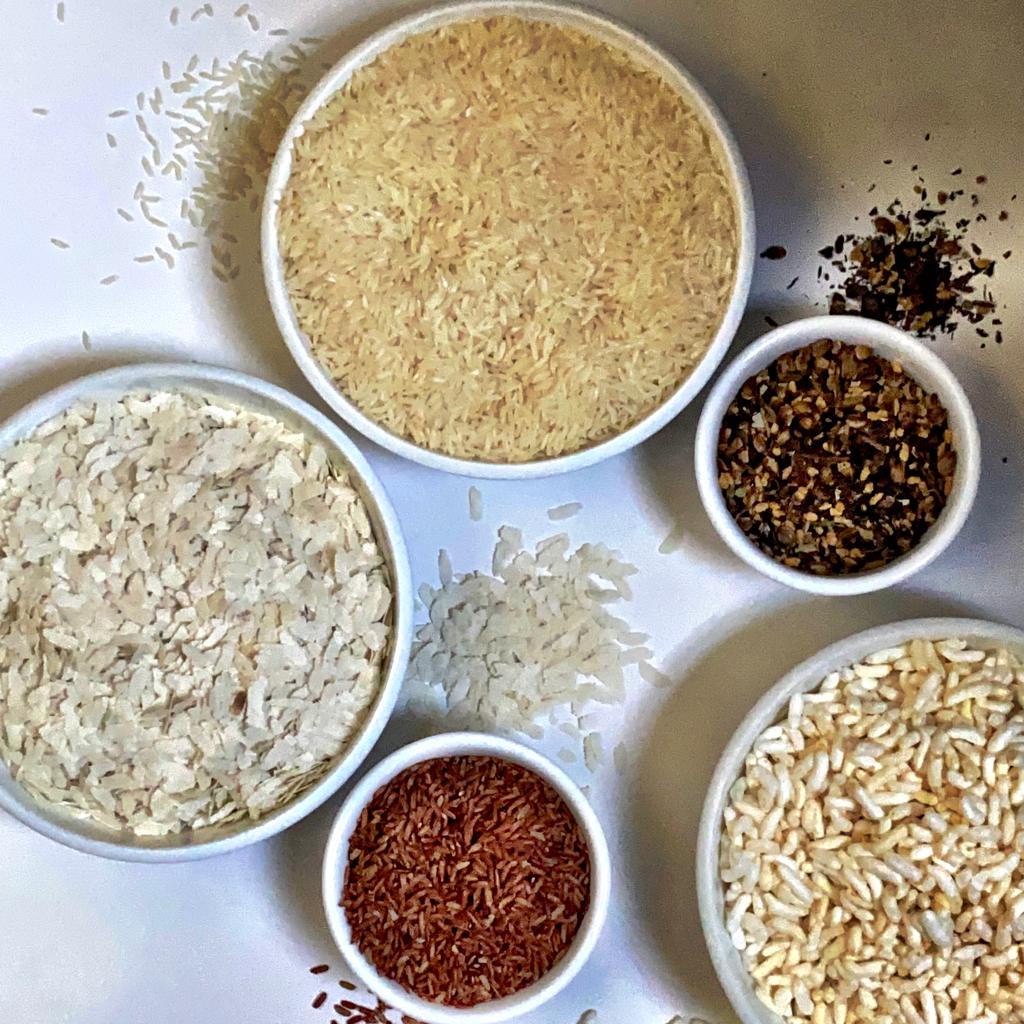
Who would have thought that something as tiny and apparently insignificant as a grain of rice would be the foundation that sustains the world’s largest populations for millennia? The variety of grains and the multitude of ways in which they are used are as diverse as the inhabitants who occupy India. The origins of the cereal grain are traced back to ancient China, where it has been cultivated for 5,000 years. The grain is said to have worked its way through to India from China via the Himalayas. Rice was first mentioned in the ancient Sanskrit text Yajur Veda (1500 - 800 BC) and its earliest cultivated remains date from around 2000 BC - making it pretty darn ancient!
In India, rice is the first and last food as it is easy on the digestion. For babies it is their first solid and for the infirm and old their last sustenance. Nowadays, in most regions of India, rice is a staple dish and is consumed in a myriad of ways.
Below, we explore some of the different uses of rice in the daily lives of Indians.

There you have it - some of the main uses of rice in India, though far from all the uses. Have we missed anything? Comment below and let us know.
By Conchita A. de Souza
By Claudette D'Cruz
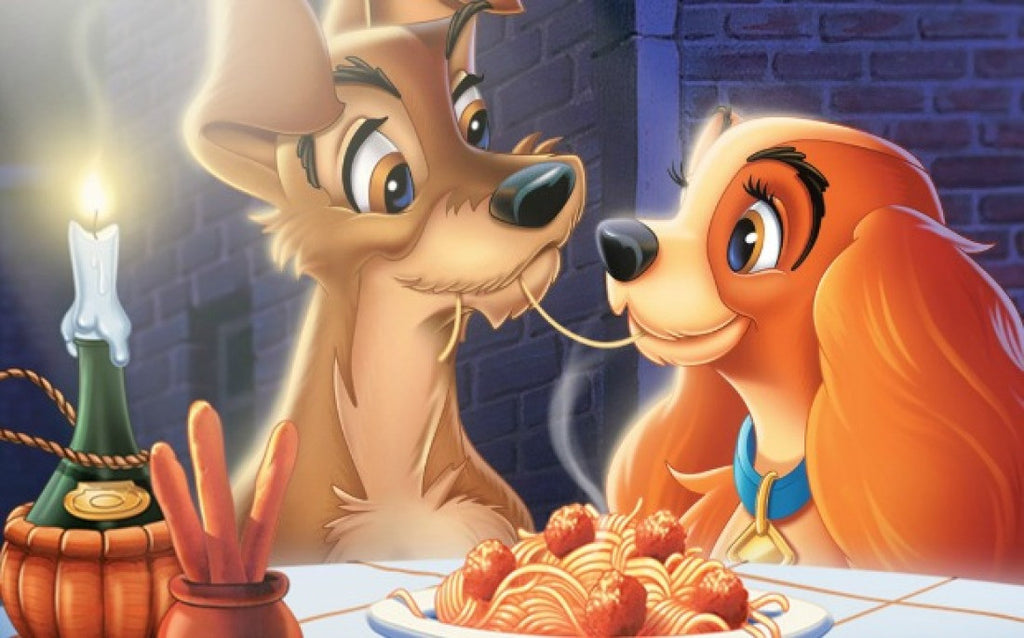
A typical image that comes to my mind when I think of ‘romantic cuisine’ is that scene from the Disney classic Lady and The Tramp, where the two dogs share a plate of spaghetti bolognese and unknowingly chew on the same strand until they accidentally kiss (I secretly longed for this to happen in my previous relationships but always forgot to order spaghetti when on dates. I also find spaghetti hard to share because it is one of my favourite dishes and I tend to devour it all). Another is the classic red and white checkered blanket spread across a green lawn. The blanket contains a spread of baguette, cheese and wine. French and Italian cuisines have no doubt provided us with many-a-romantic meal to share with our better halves but what other dishes can inspire romance?
As Valentine’s day approaches, I challenge you to broaden your perception of romantic cuisine by cooking none other than Indian food for your special date/partner/friend.. Here are our top five picks (in random order) for you to try out this Valentine’s Day. These are commonly available dishes in most vegetarian restaurants.
No matter whom you choose to celebrate Valentine’s Day with, we hope it will be in spicy company!
Image Source: www.mentalfloss.com
By Conchita A. de Souza